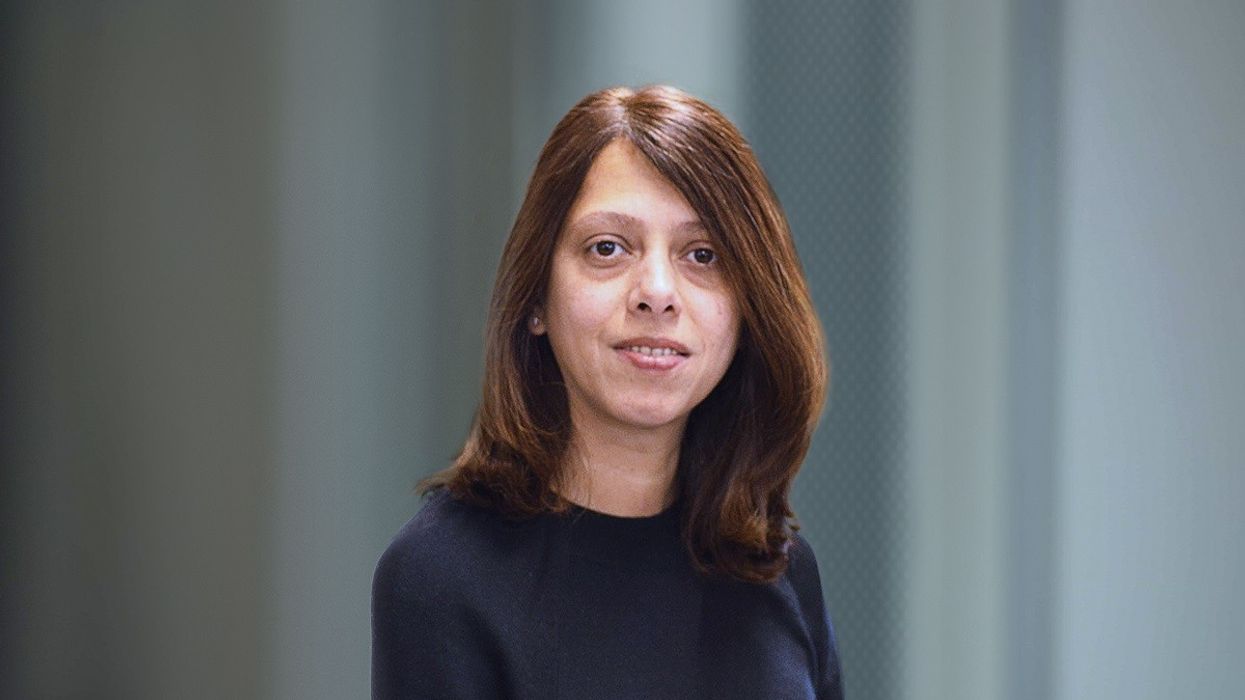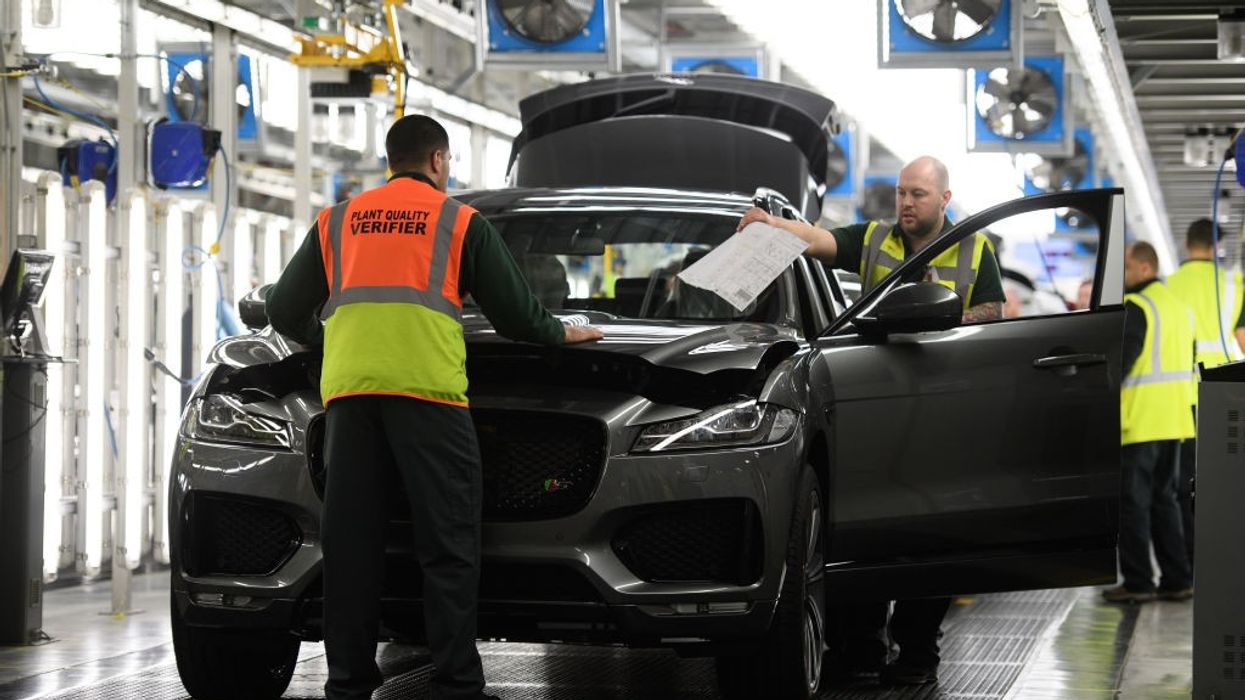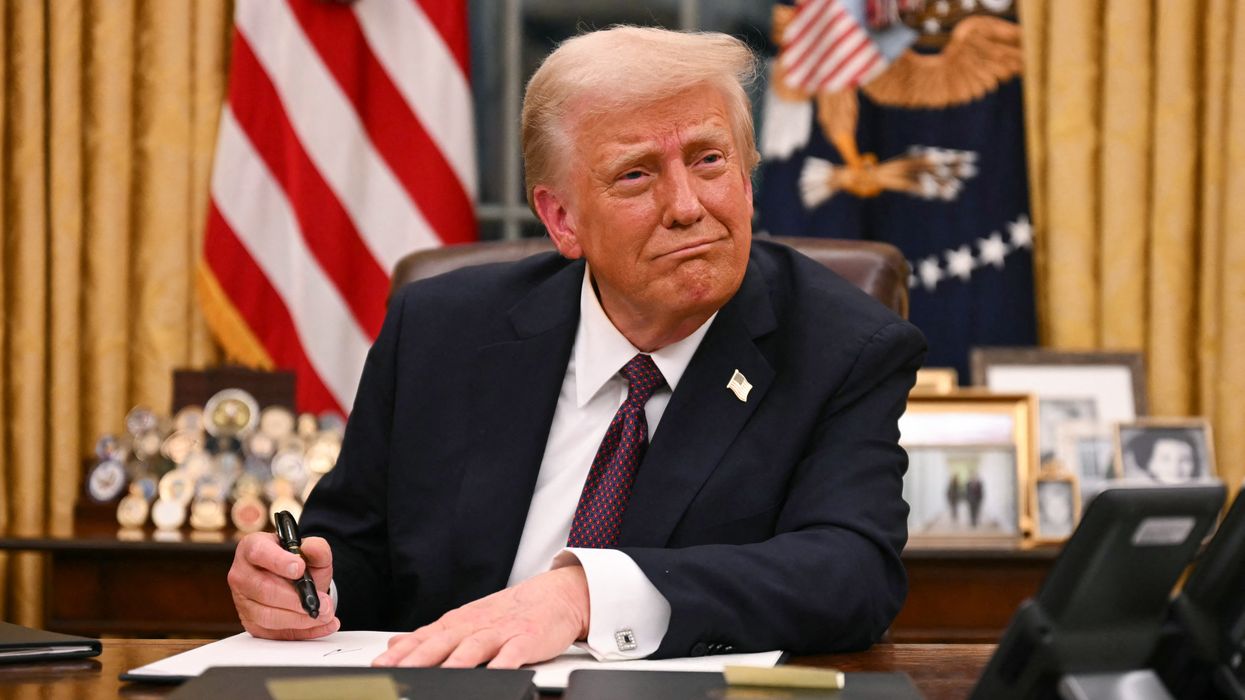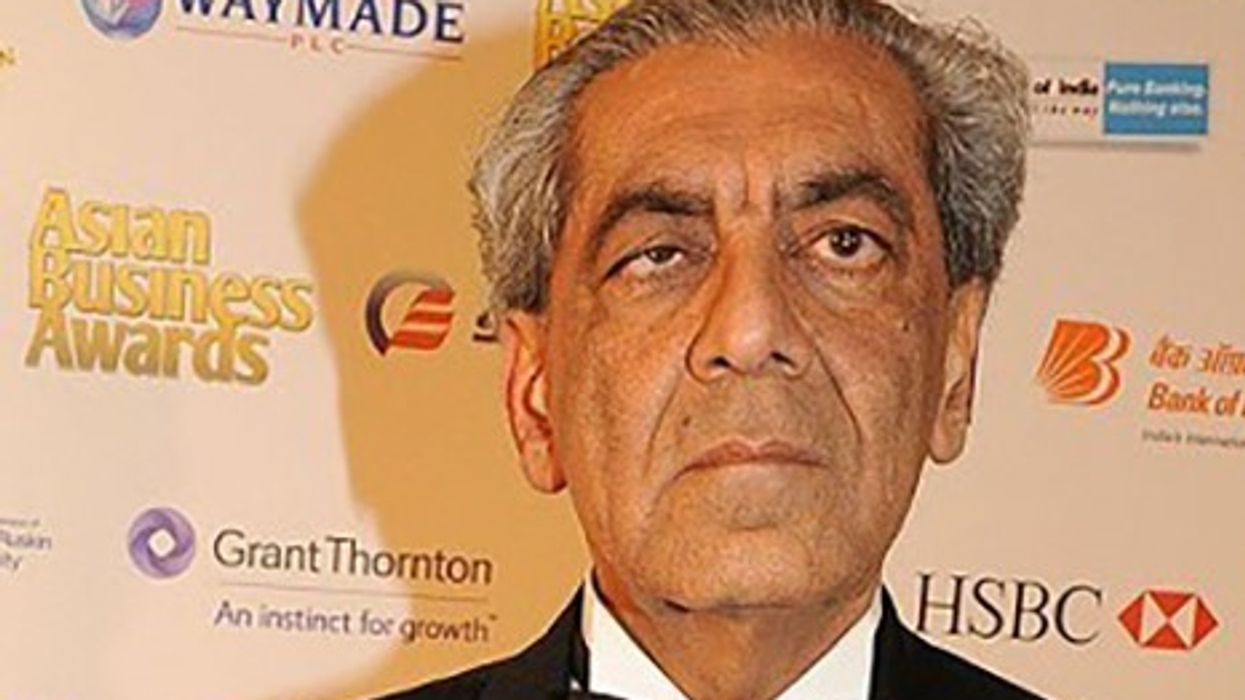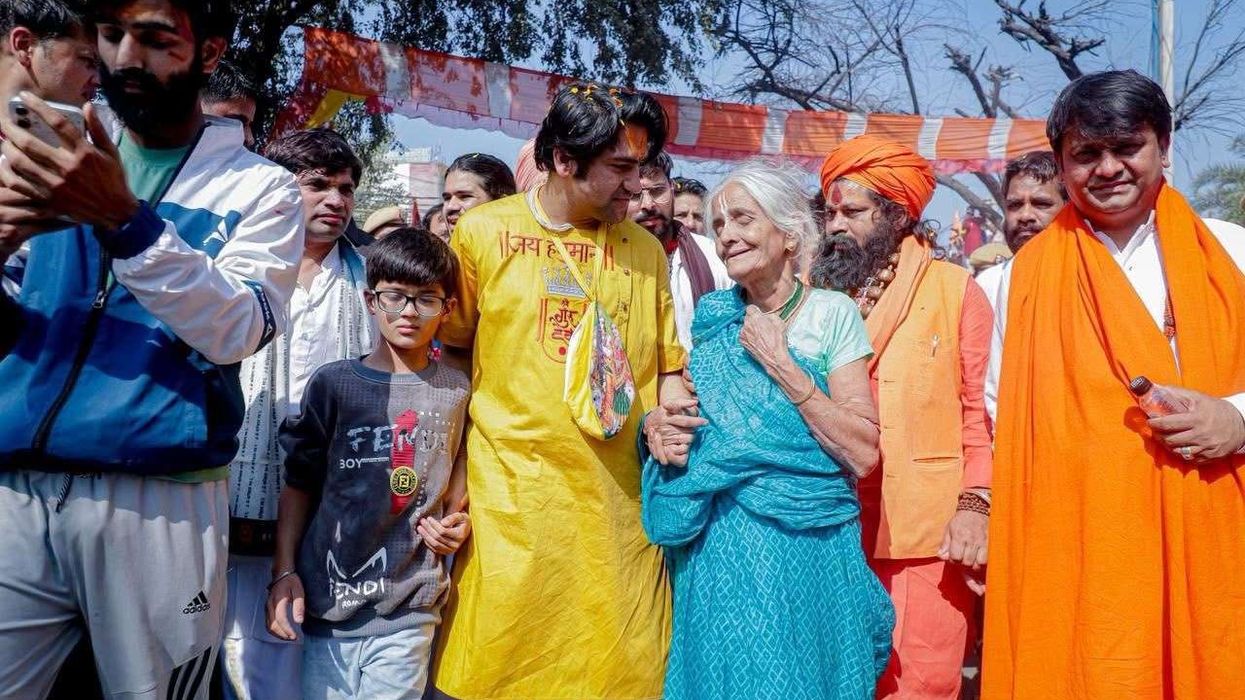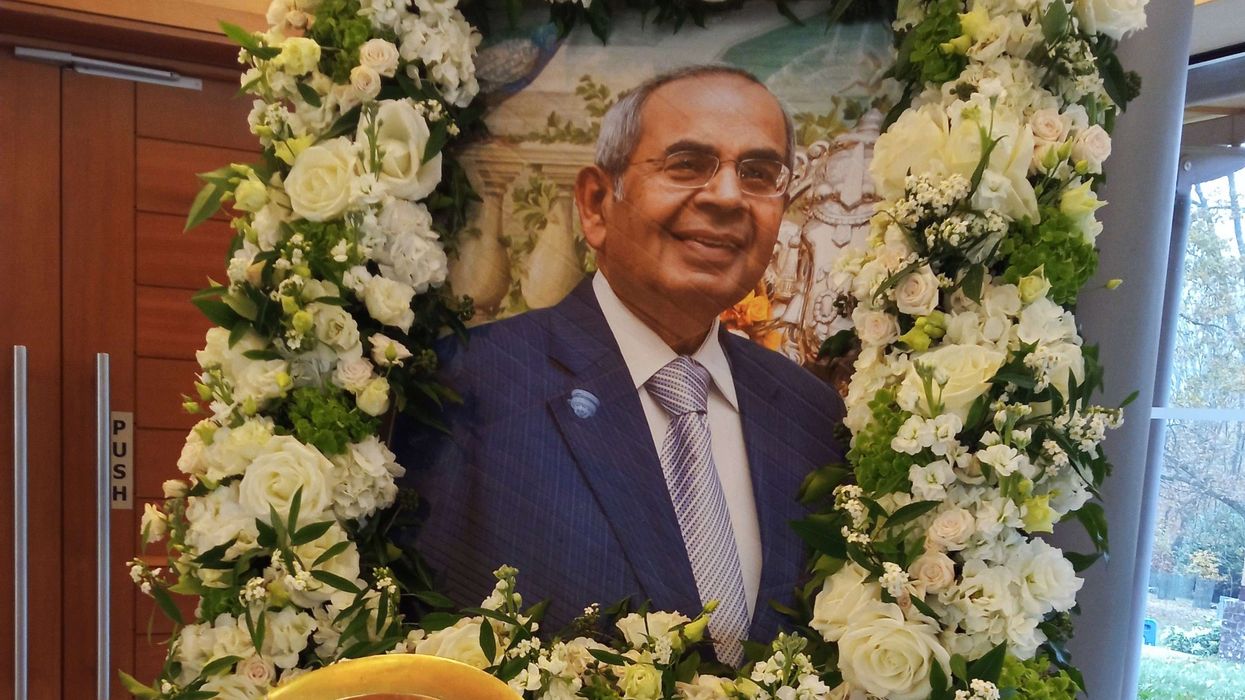SPIRITS MAKER Diageo on Thursday (29) reported a 16 per cent increase in sales for the year ending June 30, beating estimates of 13.7 per cent growth.
The reopening of North American bars and restaurants and increased demand for its tequila brands and Johnnie Walker whisky have helped the firm to post a better-than-expected rise in full-year organic net sales growth.
The company's Indian American chief financial officer Lavanya Chandrashekar has said that volatility was coming from lockdowns in markets such as India, South Africa and Indonesia, where there has been a rise in Covid-19 cases in recent months.
Diageo said it expected organic net sales momentum to continue into fiscal 2022, but with volatility in the short term.
Diageo, whose shares reversed early losses to trade up two per cent on the FTSE 100, also raised its annual dividend by five per cent to 44.59 pence per share.
The company said results were propelled by the US, its biggest market, where easing lockdowns had driven replenishment of stocks at bars and restaurants.
At the same time, consumers continued to shop for more premium spirits such as tequila, liqueurs and bottles of Johnnie Walker scotch at supermarket stores, driving organic net sales in North America up 20 per cent.
In the European region, Turkey and Northern Europe were the strongest performers helped by strong demand for scotch whiskies in shops.
Signs of resurgence were also emerging in Africa, Latin America and Asia, where organic net sales rose by double-digit percentages, in part due to easier comparisons to last year.
"It comes as no surprise that the shuttering of bars and night clubs left Diageo with a nasty hangover of problems," said Sophie Lund-Yates, equity analyst at Hargreaves Lansdown.
"However, the strength of the group's brands means it was able to recoup some of its losses through a huge increase in supermarket trade in some key markets, and it has come out of the pandemic in remarkably resilient shape."
